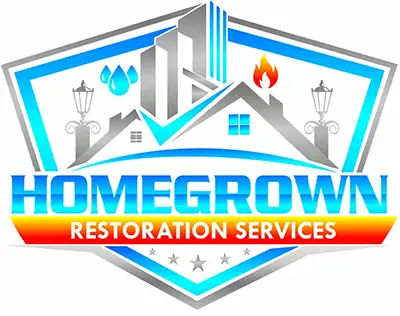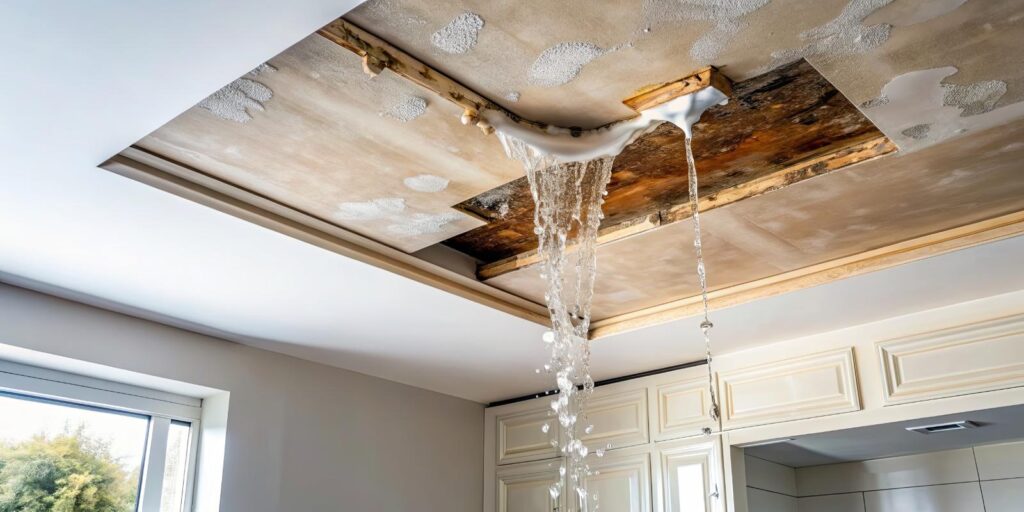While you might think commercial sewage cleanup is disruptive and time-consuming, effective solutions exist that streamline the process and minimize business downtime. By adopting state-of-the-art equipment, you’ll see how quickly areas can be sanitized and prepped for normal operations. Additionally, incorporating preventative measures not only secures your premises against future incidents but also maintains environmental integrity. However, choosing the right approach requires understanding the nuances of these technologies and strategies. What aspects should you prioritize to guarantee a thorough and effective cleanup, and how can these choices impact your long-term operational resilience?
Key Takeaways
- Utilize advanced restoration technologies like infrared moisture detection to ensure thorough drying and prevent mold.
- Employ professional cleanup techniques with high-powered vacuums and pumps to efficiently remove sewage.
- Implement regular maintenance checks and install preventive devices such as backflow preventers to avoid future sewage backups.
- Engage expert environmental consultants to assess damage and guide the restoration process effectively.
- Educate the community and staff on sustainable sewage management and proper safety protocols.
Assessing the Damage Extent
Before initiating cleanup efforts, it’s essential to thoroughly assess the extent of sewage damage to guarantee the most effective remediation strategies are employed.
You’ll find that understanding the scope of contamination not just helps in tailoring specific solutions but also fosters a sense of community and shared responsibility among those affected.
Start by conducting a thorough damage evaluation. This includes identifying the types of surfaces impacted—whether porous materials like carpet and drywall or non-porous like concrete and metal.
Each type requires a different approach to ensure that the cleanup process is both efficient and environmentally responsible. Consider the depth of sewage penetration and the area it covers. This step is vital as it directly influences the complexity and duration of the cleanup process.
Next, focus on contamination assessment. Sewage carries a host of potentially harmful bacteria and viruses. Testing the affected areas for specific contaminants helps in choosing the right safety measures and cleaning agents, which should be both effective and eco-friendly.
This not only protects the cleanup crew but also prevents further environmental degradation.
Remember, you’re not alone in this. Engaging with professional environmental consultants can provide deeper insights into the contamination levels and suggest the most suitable biodegradable and non-toxic cleaning solutions.
This collaborative approach not only enhances the efficiency of the cleanup efforts but also strengthens community ties, as everyone works towards a common goal of restoration and safety.
Professional Cleanup Techniques
Implementing professional cleanup techniques is essential for effectively addressing sewage spills. As you tackle these challenges, it’s imperative to use advanced equipment and adhere to strict safety protocols. This approach not only guarantees a thorough cleanup but also protects your team and the environment.
Firstly, the use of advanced equipment is paramount. High-powered vacuums and pumps are employed to remove sewage efficiently, minimizing the area’s exposure to harmful contaminants. Additionally, sophisticated moisture meters and thermal imaging cameras help in identifying hidden damp spots, assuring no area is left untreated.
These technologies are essential in mitigating the impact of the spill and speeding up the cleanup process.
Safety protocols are equally critical. You’ll need to equip your team with personal protective equipment (PPE), including gloves, goggles, and hazmat suits, to safeguard against direct contact with hazardous materials. It’s also important to conduct regular safety training sessions.
These sessions keep everyone informed about the latest procedures and techniques for handling hazardous situations safely.
Restoration and Prevention Measures
After addressing the immediate hazards of sewage spills with professional cleanup techniques, focus shifts to long-term restoration and prevention measures.
You’re now entering a critical phase where the right actions can guarantee safety, sustainability, and community well-being. Here’s how you can be proactive and responsible in managing your commercial space.
1. Implement Advanced Restoration Technologies
Utilize cutting-edge technologies for water damage restoration such as infrared moisture detection and automated submersible pumps.
These tools not only accelerate the drying process but also prevent the onset of mold and structural damage.
It’s crucial to restore your property to its pre-incident state with precision and environmental consciousness.
2. Develop Robust Prevention Strategies
Prevention is key to avoiding future sewage problems.
Incorporate regular maintenance checks and invest in high-quality, eco-friendly sewage backup systems.
Consider the installation of backflow preventers and grease traps, which can greatly reduce the risk of overflows and blockages.
By adopting these strategies, you’re not just protecting your property, but also contributing to the health of your community and local ecosystems.
3. Engage in Continuous Education and Community Involvement
Stay informed about the latest in sewage management and share this knowledge with your team and community.
Hosting workshops and training sessions on sustainable waste management practices fosters a sense of belonging and collective responsibility.
Together, you can create a resilient framework that supports not only your business but also the environment.
To Sum Up
You’ve learned the leading solutions for handling commercial sewage mishaps efficiently and eco-consciously. Embracing these strategies reduces environmental risks drastically. In fact, implementing regular maintenance checks can decrease the likelihood of sewage problems by up to 45%. By choosing advanced cleanup methods, employing restoration technologies, and establishing preventative practices, you’re not just safeguarding your property but also contributing positively to environmental health. Let’s continue to prioritize these innovative and sustainable approaches for a safer, cleaner future.

